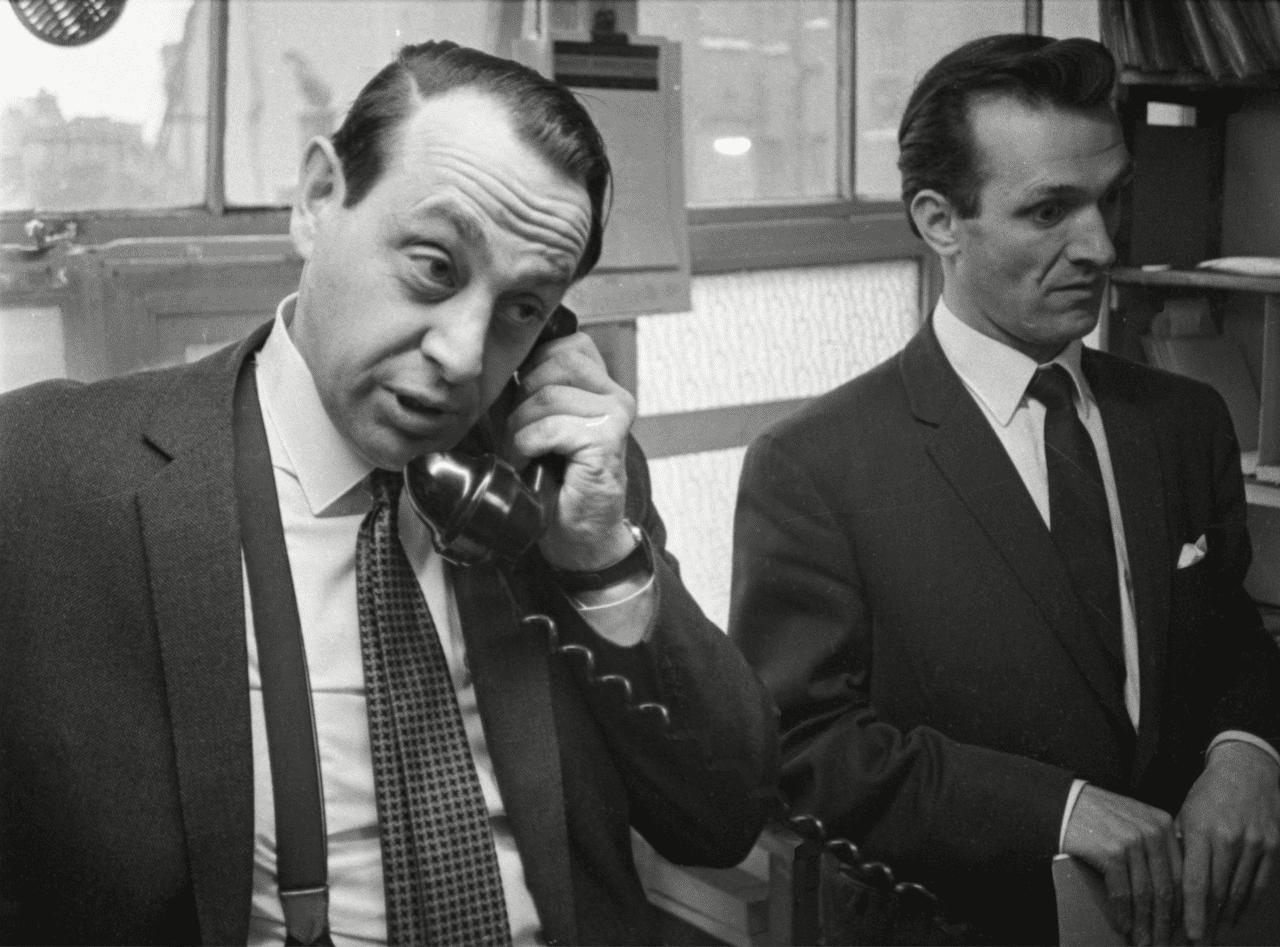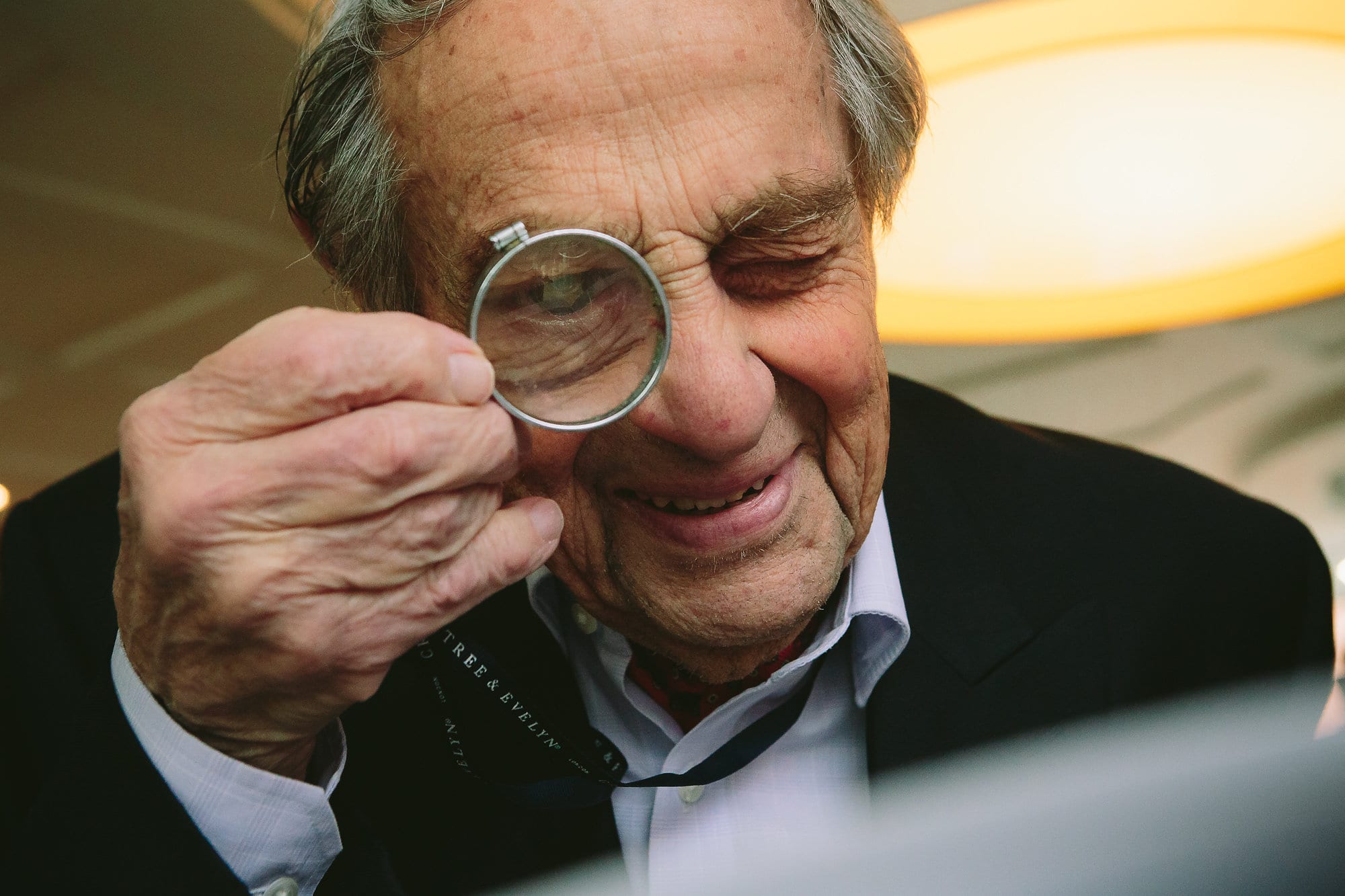Born Ferenc Saluzinszky in Budapest, Hungary on 12 January 1918, Frank Selby first moved to the UK in 1936 to read Economics at Fitzwilliam College, Cambridge. He returned to make Britain his permanent home in 1939 when, under pressure from the Nazis, his father Imre Saluzinszky was forced to give up his position as editor-in-chief of the Az Est newspaper group
Saluzinszky decided to Anglicise his name and to join the Pioneer Corps of the British Army – a move that happily helped him meet his future wife and business partner Elizabeth Guttman, also from a Jewish-Hungarian family and then working for the French resistance in London. Frank and Elizabeth married in 1948 and within six years had set up Rex Features, a picture agency that become a lynchpin of Britain’s newspaper business.
Elizabeth’s father Heinrich was a writer and keen photography collector, and Elizabeth had made a start in publishing by helping package and sell his articles with images; giving the couple a collection, Heinrich helped them start up on their own, and Rex Features Ltd was officially born in early 1954 when the couple were commissioned to represent Paris-based picture agency Lynx. Frank visited the newspapers and magazines of Fleet Street daily with a briefcase full of photographs, while Elizabeth ran the office from their northwest London home.
Combining hard news, light features, and showbiz articles, Rex Features grew steadily over the 1950s, building a network of correspondent agencies across Europe, America, and Asia. It scored a hit in the early 1960s with Dezo Hoffman’s photographs of The Beatles, and by 1963 had grown enough to rent its first offices, on King Street, Covent Garden, central London.
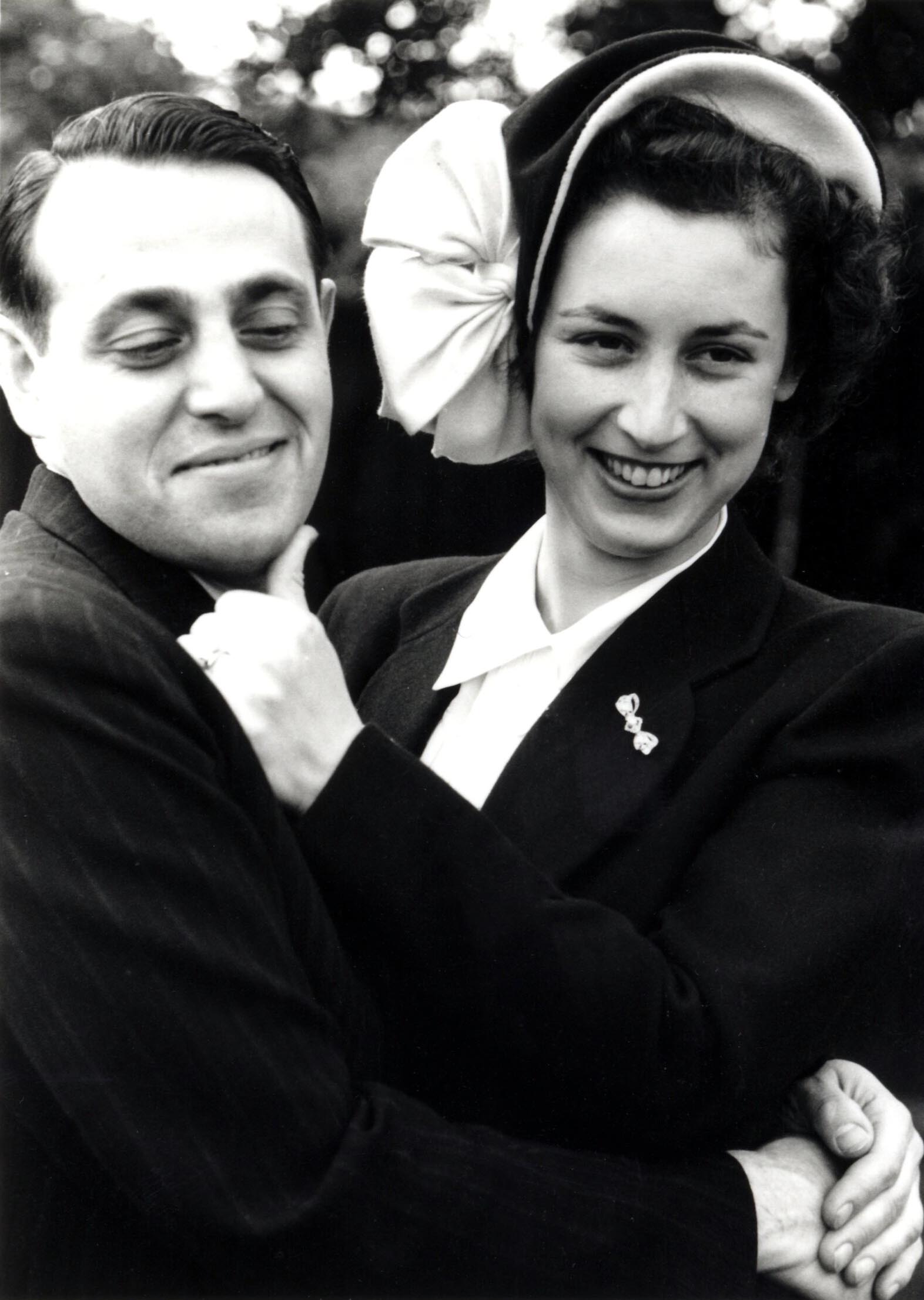
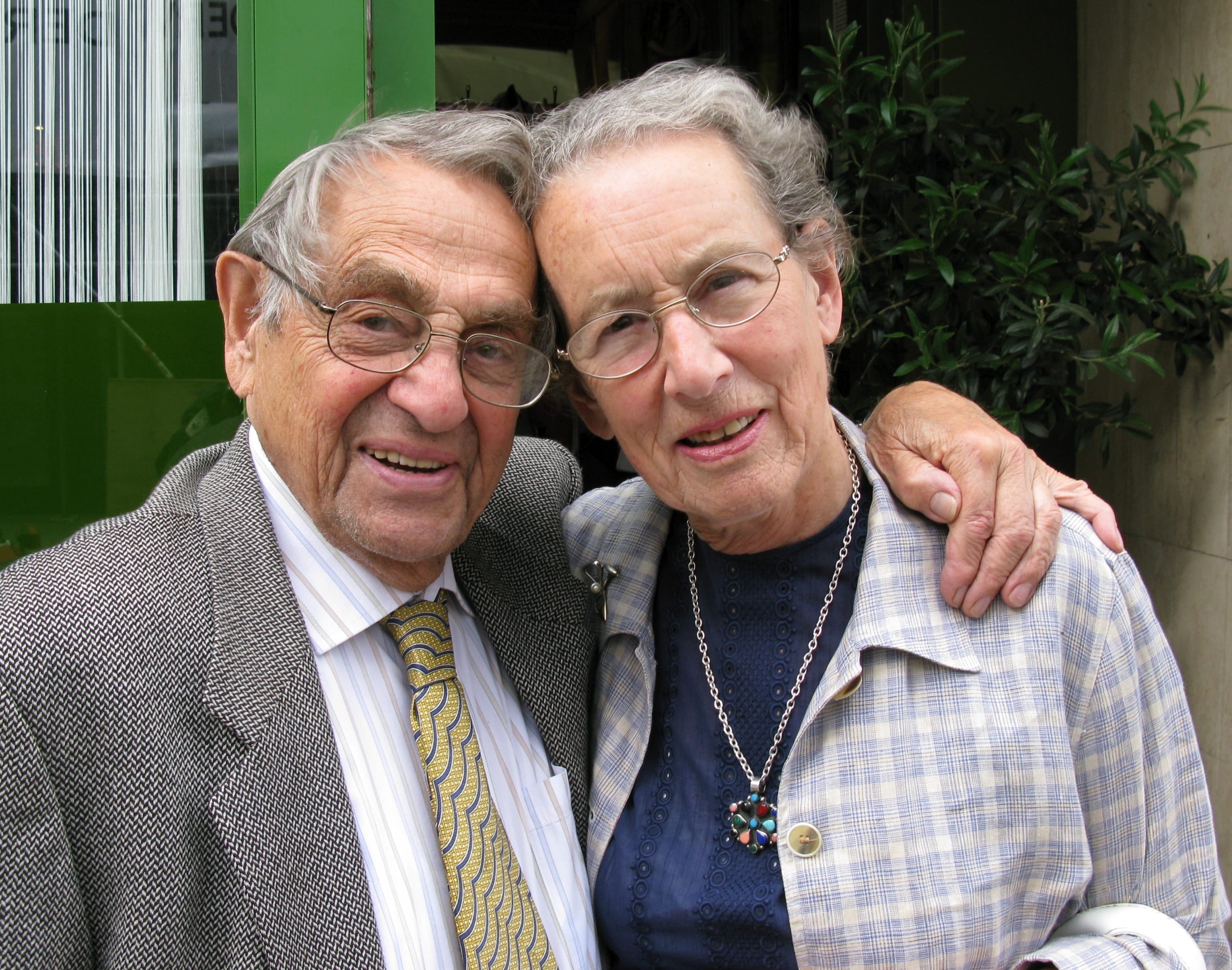
Rex Features offered a full service to the newspapers and magazines – photographers would drop off their films, which would be processed and edited, and then printed, or later turned into duplicate transparencies, all in time for the newspaper deadlines on Fleet Street and abroad. It was a fast-paced work in an industry known for some cut-throat practices, but Rex Features gained a reputation for honesty, a factor which helped it attract photographers and retain its staff for years.
Allan Day, rated as one of the best salesmen in the business, joined in 1966 and stayed until his retirement; so too did Martin Hillier, who joined Day’s sales team and later became director. Long-serving darkroom printer Albert Boulton also saw out his career with Rex Features, and the Selby’s own family also joined the business – their son John in 1976, Michael in 1982, and later their daughter Sue. Frank and Elizabeth brought home-cooked meals to the office for the staff every day, attracting anyone with an excuse to turn up for a meeting to do so at lunch time – so much so, one job applicant even asked if he could get a meal as part of the deal.
The photographer Herbie Knott first encountered Rex Features in November 1976 following a meeting with the formidable Sunday Times picture editor Steve Brodie; casting his eye over Knott’s portfolio, Brodie asked if he had an agent, and hearing he hadn’t advised: “Go and see Frank Selby, he’s straight.” Within months, Knott was making regular sales through Rex.
“Frank Selby never minded you making your own sales, he admired anyone with independent negotiating skills; but he would tell you off in no uncertain terms if he thought you’d undersold yourself,” says Knott. “He taught you how to survive and the cheques arrived like magic, always on time, on the seventh day of every month. Sometimes the envelopes would enclose tear-sheets from strange magazines in far-off countries. There was a wonderful romance to this.”
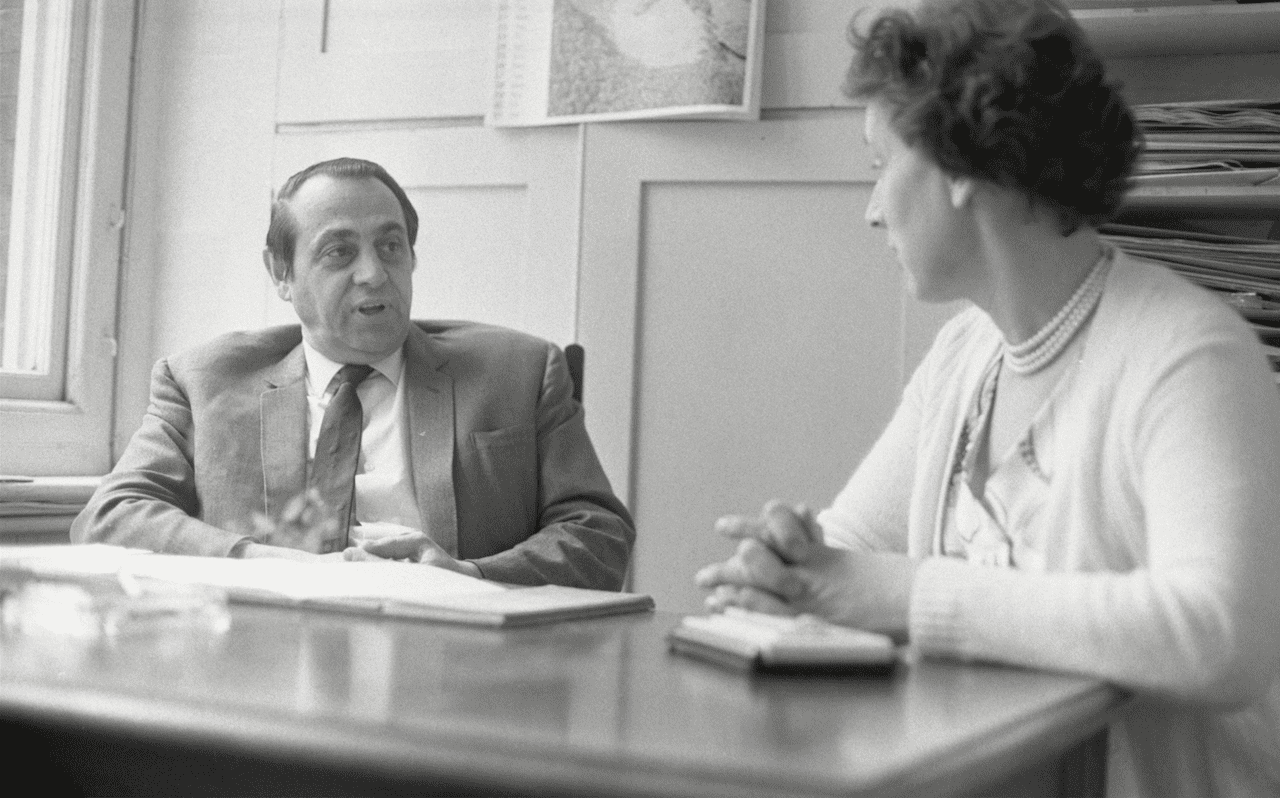
In February 1979 a fire caused by an electrical fault almost destroyed the business, the staff having to spend many months afterwards painstakingly cleaning and re-filing the prints, slides and paperwork. The business moved to a new home in Clerkenwell later that year, and set up an in-house colour film processing lab that became known for its efficiency and quality. Rex Features scored a scoop with its fast coverage of the wedding of Charles and Diana in 1981, and with Knott’s image of Margaret Thatcher working late into the night at 10 Downing Street during the 1983 election.
After the fall of the Berlin Wall in 1989 Rex Features expanded into Eastern Europe and Russia, and by the 1990s it had opened Rex USA. Digitisation allowed the company to grow exponentially, and by the time Frank retired in the early 2000s, it was a UK market leader. Frank and Elizabeth remained devoted to each other until the end; Frank celebrated his 100th birthday on 12 January 2018, and died at home in Elizabeth’s arms on 17 February 2018.
A memorial for Frank Selby will take place at 6pm on Friday 16 March; those who wish to attend please mail frankselbymemorial@gmail.com for full details.
With many thanks to the Selby family, Herbie Knott, and Greg Watts for their help with this article.
